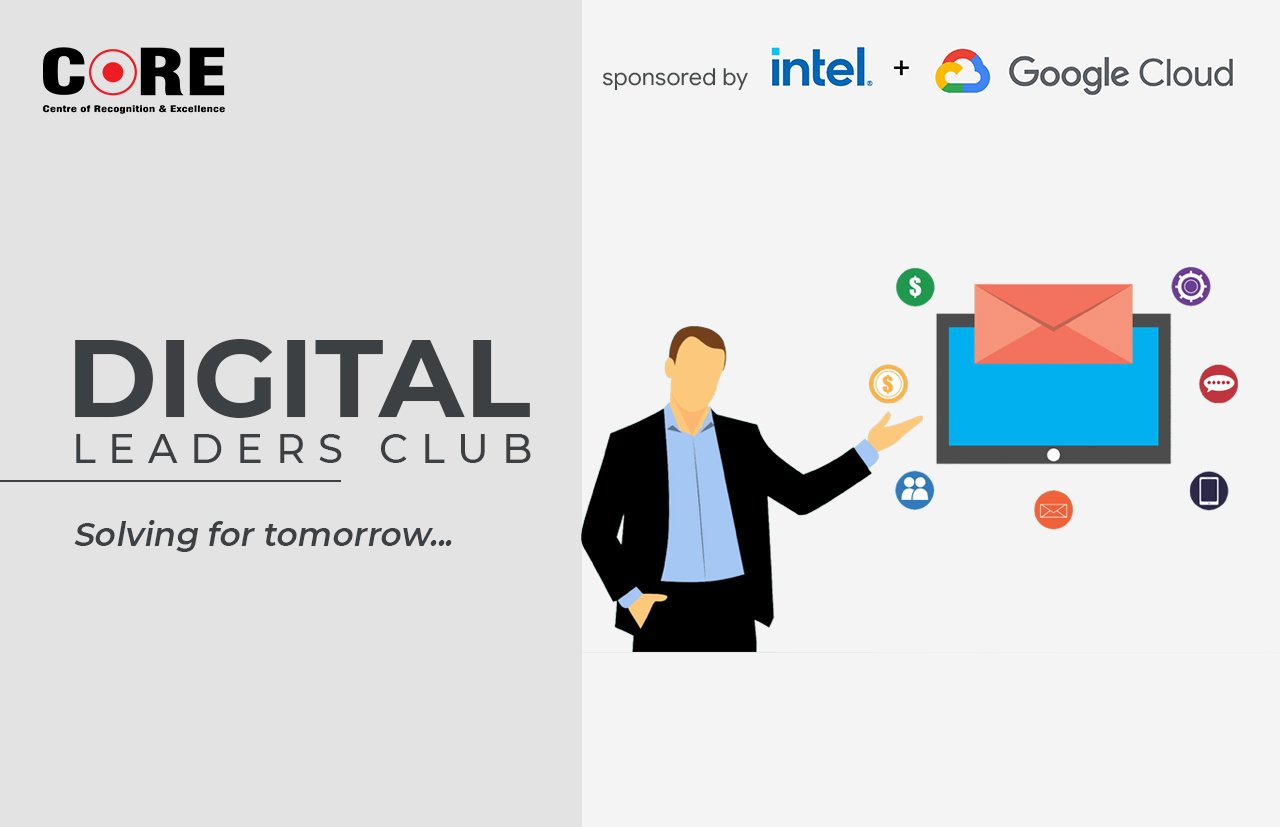- Technology helps enterprises build resilience and adapt to changes as new challenges are presented before CIOs
- CIOs are leveraging cloud for predictive analytics and to transform customer experiences
- Regulatory compliance, redundancy and business continuity are top priorities for tech leaders as they extend digitization and modernization efforts.
2021 has been the year of transition. As consumer confidence and hence the IT spending is returning, enterprises have started to look forward to shaping their futures in the global economy, adopting and levering digital technologies.
In the latest edition of “Digital Leaders Club”, curated by CORE Media and Google Cloud India, technology leaders discussed how enterprises are focusing on leveraging the existing capabilities and making them a part of the overall business functions, and looking at adopting technologies that help accelerate the business.
“We have been hearing incredible stories of resilience from CIOs across sectors during these challenging times. They have taken a big leap in exploiting emerging technologies and leveraging Cloud for business continuity. Data is the new oil in the past few years. Today, IT leaders have an opportunity to transform the business through investments they make in data,” said Anoop Mathur, Founder & President, CORE Media, who moderated the discussion attended by CIOs from diverse backgrounds in the industry along with Google experts.
Ratnakar Reddy, Regional Sales Manager at Google, reiterated how some of the industries are making innovation a part of their rebound strategy. “It’s incredible to see how many retail chains for example solved the omnichannel challenge and internal employee challenge. Most of them embarked on the journey of contactless, pay through App, etc. It is great to know that once the challenge is presented before them, they know how to adapt to it through technology.”
According to a CIO of a retail chain, digitization and automation are key priorities to drive a contactless experience to customers. “When it comes to digital transformation, our focus is on how do we enhance the customer experience - external or internal. We are working on how can we read a customer when he walks in and how can we help him place the order based on his preferences and when he walks out, the payment should be automatically deducted. We have also gone a step ahead working on the order being served by the Robots. This way we can reduce the human interaction whereby safety and hygiene are ensured.”
Another CIO of an investment firm, for whom data analytics is top of the list, having a comprehensive data strategy is paramount. “When it comes to data analytics, we realised that a lot of transactional systems are still legacy platforms and may not be having typical Cloud-native architectures. So we made a gradual move shift to cloud. We wanted to break all the transactional data – both system and non-system data - into an enterprise data repository and then run a lot more around the analytical models, which is very critical for us as an NBFC. That’s where we tapped on to Cloud.”
“Since some of our legacy systems are not Cloud-native, we are working on re-engineering and rebuilding them to be more on a Cloud setup. We are looking at scaling the capabilities available on Cloud,” he added.
As Rajat Pandit, Head of Google Cloud (South), puts it: “When we work with customers, we apply the specific domain problems they face and contextualize a very systematic process of building new models and solve the particular problem. As data tends to get integrated together, they have these challenges around governance, access management, and compliance. This is part of the growing data strategy, that the enterprise customers are working on, and looking at the data ecosystem. We always look at how can we help them.”
“Today, a lot of businesses want to understand how their customers are responding to them,” he added.
Another CIO of a real estate firm said, “We have moved two data centres to Google Cloud Platform. We are pretty stable moving everything onto the Cloud. We also want to bring the supply chain management on to Cloud to enable the online bidding system. After the digitization, even the investors are involving in our regular meetings, which has resulted in fast decision making.”
Sharing his views on hesitation among a few enterprises in leveraging the Cloud regulatory restrictions, Reddy said, “This hesitation is not uncommon. Google has been working towards solving this concern. With the opening of our second cloud region in the country in the Delhi NCR region, we hope to not only address regulatory requirements, but also provide low latency and high performance to enterprise workloads.”


